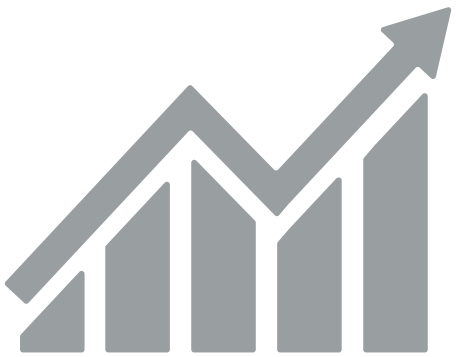The Practice of Optimising Individual Web Pages
On-page SEO, also known as on-site SEO, refers to the practice of optimising individual web pages on a website to improve their search engine rankings and attract more organic (unpaid) traffic from search engines like Google, Bing, and Yahoo.
On-page SEO involves various techniques and elements that you can control directly on your website to make it more search engine-friendly and user-friendly.
key components of on-page SEO:
- Keyword Optimisation: Choosing relevant keywords for each web page and strategically placing them in the content, headings, titles, and meta tags (title tag, meta description, alt tags for images).
- High-Quality Content: Creating valuable, well-structured, and informative content that satisfies the user’s search intent. Content should be unique, engaging, and free from plagiarism.
- Title Tags: Crafting descriptive and compelling title tags for each page, incorporating the target keyword when appropriate. Title tags are displayed as the clickable headline in search engine results.
- Meta Descriptions: Writing concise and engaging meta descriptions that provide a summary of the page’s content and encourage users to click through to the website from search results.
- Header Tags (H1, H2, H3, etc.): Using proper heading tags to structure your content logically and hierarchically. The H1 tag is typically used for the main page title and should contain the primary keyword.
- URL Structure: Creating clean and descriptive URLs that include keywords when relevant. Avoid using long, confusing URLs with random characters.
- Internal Linking: Linking to other relevant pages within your website to improve navigation and distribute link equity (ranking power) throughout your site.
- External Linking: Linking to reputable external websites when it adds value to your content. Outbound links can enhance your content’s credibility.
- Mobile Optimisation: Ensuring that your website is mobile-friendly and responsive, as mobile-friendliness is a significant ranking factor, especially since the introduction of mobile-first indexing by search engines.
- Page Speed: Optimising page loading times by compressing images, using browser caching, and minimizing code to provide a better user experience. Faster-loading pages tend to rank better.
- Image Optimisation: Reducing image file sizes, using descriptive alt text, and providing image sitemaps to improve image search rankings.
- User Experience (UX): Ensuring that your website is easy to navigate, visually appealing, and provides a positive user experience. This includes factors like site architecture, readability, and accessibility.
- Security (HTTPS): Using HTTPS to encrypt data transmission and improve user trust. Secure websites are preferred by search engines.
- Regular Updates: Keeping your content fresh and up-to-date with regular updates and revisions.
Effective on-page SEO involves a combination of these elements to create a website that not only ranks well in search engine results but also delivers a great user experience and valuable content to visitors. It’s an ongoing process that requires monitoring and adjustments over time to stay competitive in search engine rankings.
